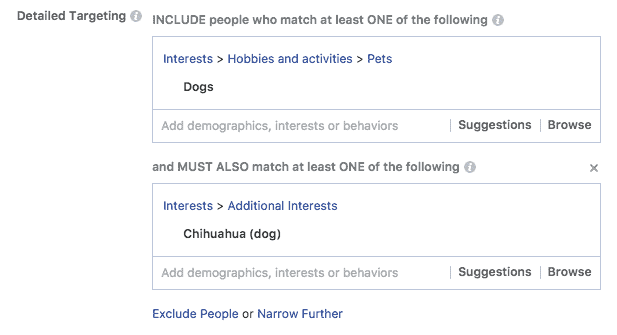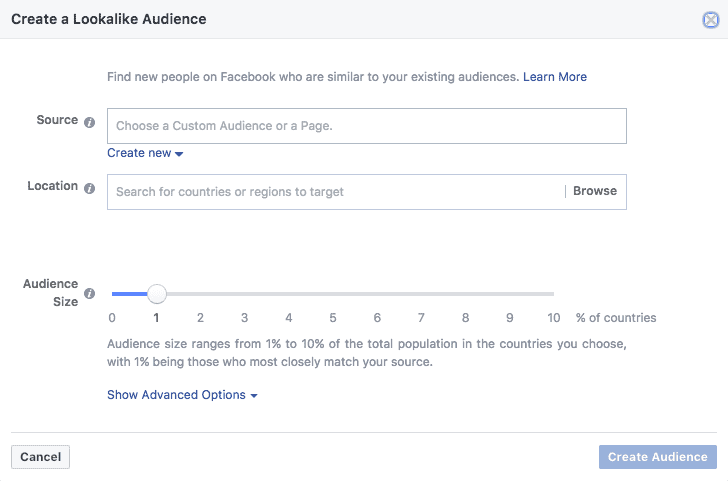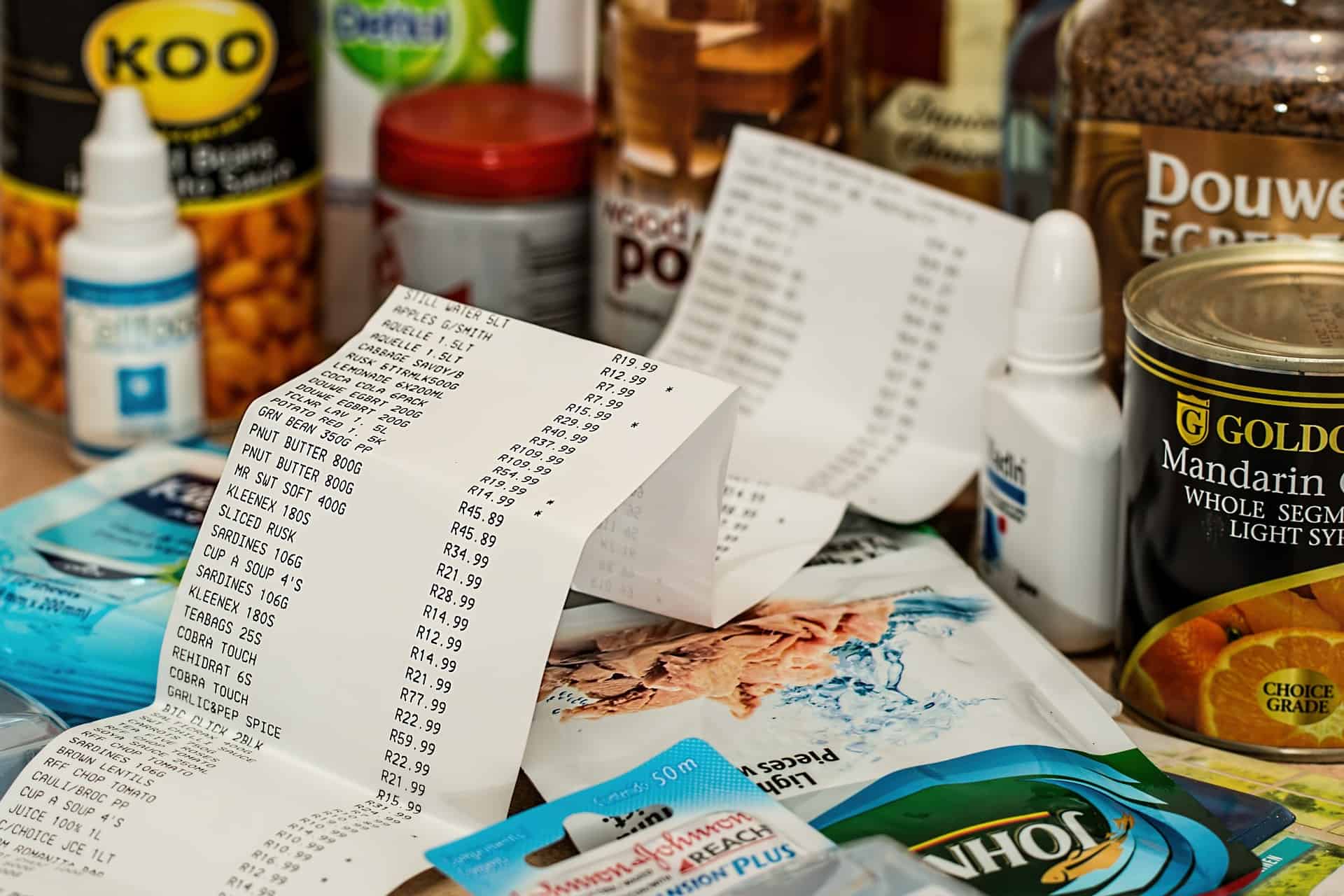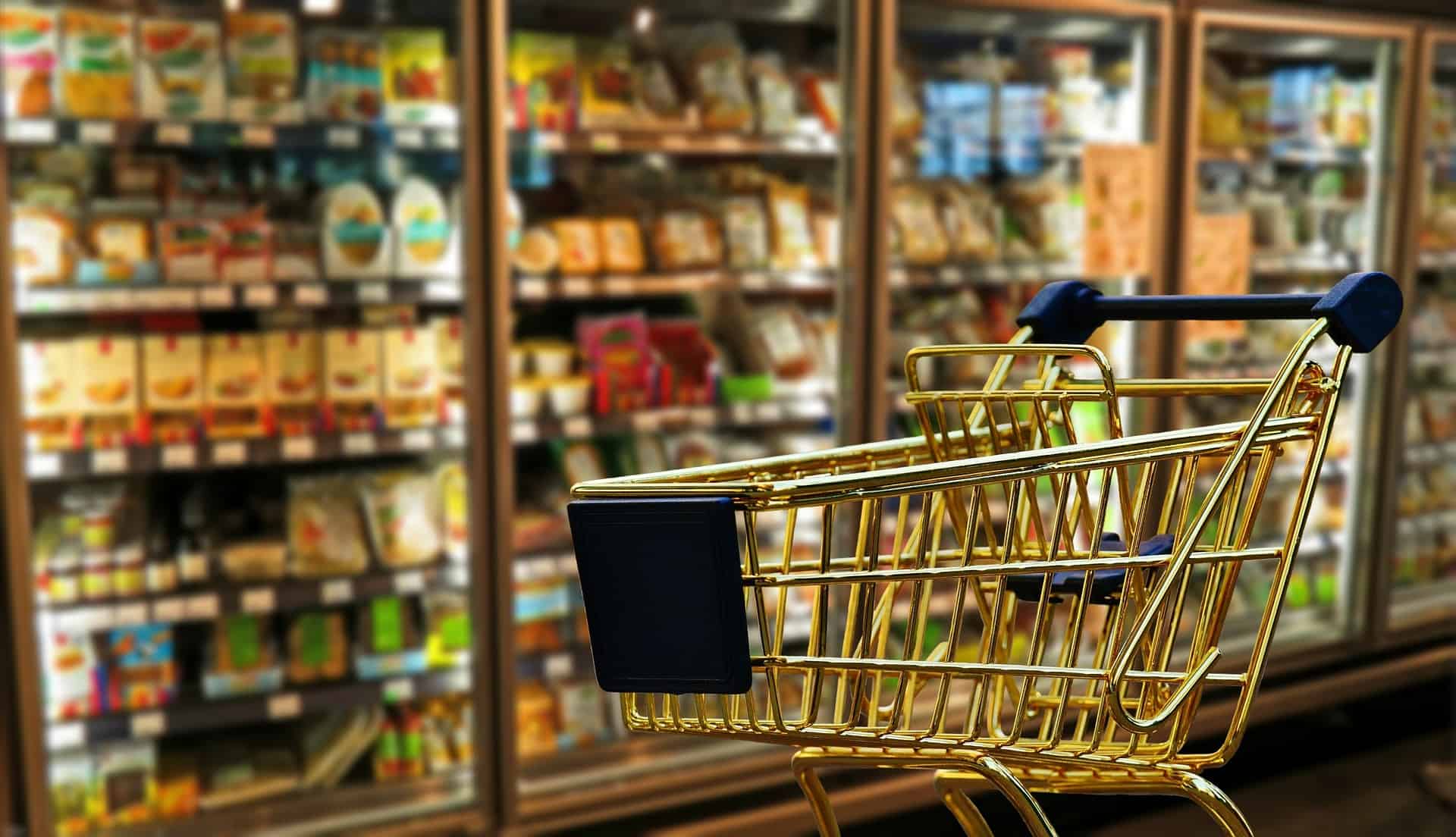Getting traffic but no sales? Let’s talk about how to fix it.
No matter where I look this is the number one question everyone asks me.
If you’ve set up an e-commerce website on Shopify or created a landing page with Clickfunnels and you’re getting traffic but no sales, this article is for you.
First of all, let me explain something.
There is a typical misconception among online marketing newbies.
And that misconception is the idea that traffic is the solution to all your problems.
In case you’re a complete newbie: Traffic simply refers to website visitors in online marketing lingo. We’re not talking about traffic on roads in the real world.
We’re talking about traffic on the “roads” of the Internet.
Why Traffic Is Not Your Problem
Traffic is not the solution to all your problems. But most people believe it is, which is why they become frustrated when their website is getting visitors but not a single sale.
The reality is that traffic is important but there’s more to it.
Let me give you an example to illustrate this:
I could literally go to Facebook and create an ad targeting India or Moldavia (places where advertising costs are extremely cheap). For $30 per day and a relatively decent ad I could drive thousands of visitors to my website every single day.
In these places it’s easy to get a CPC (cost per click) of $0.01.
So spending $30 per day would result in about 3,000 visitors per day.
Yet, I promise you nobody would buy.
Here’s why.
Although I would get 3,000 visitors to my website per day, these are the wrong visitors. They are on my website because the advertising costs are so cheap in these countries that it’s easy to get them there and because they’re curious about the products I offer.
However, they have no buying intent or purchasing power.
Nor are they the right target audience.
You have to understand that there’s different types of traffic and not all of them are desirable.
Different Types of Traffic Explained
Traffic as a generic term doesn’t make a lot of sense in my opinion.
Because in reality, traffic is so heterogenous.
There are so many different types of traffic based on different factors that we need to dig deeper to understand why you’re getting traffic but no sales.
Let me explain some of these factors:
- How warm or cold is your traffic?
- Are you using push or pull marketing?
- How targeted is your traffic?
- Does the traffic have purchasing power?
- Does the traffic have buying intent?
- What data mining process are you using?
All of these factors determine if your traffic will convert or not.
And when I say “convert” I specifically mean if you’re going to get sales.

In marketing and advertising, the most important thing is to offer the right “hot” product to the right “hungry” crowd of people. If you’re getting traffic but no sales it’s because you haven’t gotten this crucial combination right.
Here’s why you’re getting traffic but no sales:
- Right product offered to the wrong people
- Wrong product offered to the right people
- Wrong product offered to the wrong people
You’re trying to sell a product that you know has made others money, but you’re targeting the wrong people. So although your product is proven, you’re getting traffic but no sales.
Or maybe you’re trying to sell some lame product that isn’t making anyone money. So even if you target the perfect audience for this product, nobody is going to buy a shitty product.
Read More: 25 Best Sales Funnel Templates
And finally, maybe you’re trying to sell a lame product to people who aren’t the right audience.
If you are getting traffic but no sales, it’s because of one of these three scenarios.
So how can you fix it?
- Sell the right product to the right people
Whenever you get this combination right, and you hit a hungry, irrationally passionate crowd of people who are already buying stuff like crazy, with a hot product they want to own, your results explode. Most people have to test a lot of products and audiences before getting it right.
It’s not about the number of visitors you send to your website.
You don’t have a “traffic problem”.
Traffic can be bought on any ad platform in abundance. There are website visitors like sand on the beach and you can open the traffic floodgates anytime with the click of button.
In reality you have a conversion problem.
And to fix your conversion problem you need to get the product <-> audience match right.
How to Get Traffic that Converts
All your efforts need to be centred around solving the conversion problem.
And luckily there’s multiple ways to get traffic that converts. In particular, there are seven factors that will determine how well your traffic converts, which I’ll discuss in this article.
1) Targeting Warm Traffic
Targeting warm traffic is the easiest way to get conversions.
So what is warm traffic?
Warm traffic refers to website visitors who already know your brand or have visited your website at least one time in the past. Their relationship with your brand is warm and not cold.
Cold traffic on the other hand consists of first time visitors.
These are people who have never been in contact with your brand or website. They have no trust or goodwill of any kind, they are complete strangers who know nothing about you.
Warm traffic converts way better than cold traffic for one simple reason: People like to do business with businesses they know, like and trust. And the more someone knows, likes and trusts you, the more likely they are to whip out their credit card and buy your products.
So how do you get warm traffic?
If you’re starting a completely new site, you can’t really target warm traffic.
But there’s a few “next best” things:
Influencer marketing works so well because it warms up the traffic for you. If someone follows an Instagram page they know, like and trust, they’ll instantly have more goodwill and trust towards a product that’s posted on that page.
If an influencer endorses your product, this transfers the trust and goodwill to you.
That’s why people are getting such good results with influencers.
So if you’re looking for slightly warmed up traffic that converts better, try influencer marketing.
Another great way to get warm traffic is through retargeting. Retargeting is the process of targeting people who have already visited your website or engaged with your content.
For example, you could create a custom audience on Facebook for all abandoning visitors. And then create an ad for people who have visited your product page but haven’t made a purchase.
This traffic will convert way better because it’s warmed up already.
Want to know a little trick?
Combine influencer marketing with retargeting to turn up the heat even more.
Get a few shoutouts from influencers.
Make sure you’ve installed the Facebook pixel and then create a custom audience by including everyone who visited the product page and excluding anyone who has seen the order confirmation page. Then create a retargeting ad and target your abandoning visitors.
Retargeting is the highest converting traffic source that exists.
2) Use Pull Marketing
Pull marketing is when you attract visitors who are already searching for something.
Google search ads are an example of pull marketing.
People who are already looking for a specific product will convert much better than people who aren’t actively looking for a specific product.
Another example of pull marketing is content marketing and SEO.
If you have a blog or a YouTube channel with unique and relevant content, you can attract people who are actively searching for the type of content you’re producing. People who get to know your brand through good and relevant content will have a much stronger connection to your brand. And they will convert a lot better than traffic from push marketing.
Push marketing is when you interrupt someone who isn’t actively looking for something.
An example of push marketing is Facebook ads.
People on Facebook are just scrolling through their newsfeed out of boredom. And suddenly your ad shows up and interrupts their day. If you do a good enough job, they will click and buy.
But traffic from push marketing is generally much colder than that from pull marketing.
Some ways to incorporate pull marketing in your business:
- Start a blog and post relevant content 3-7 times per week
- Start a YouTube channel and upload videos 1-7 times per week
- Focus on search engine optimization when doing the above
- Upload regularly on Instagram and use lots of relevant hashtags
- Use Google AdWords and create pull advertising campaigns
Pull marketing usually takes more effort because it involves creating unique content and building a real brand. But the extra work will definitively pay off in the long run.
2) Narrow Down Your Targeting
The more targeted your traffic is, the better it will convert.
In most cases it’s a bad idea to create an advertisement that targets everyone. Not everyone is your ideal customer, so the broader your targeting is, the worse it will convert.
Targeting too broadly will get you traffic but no sales.
There are two important ways to avoid this.
- Niche down
- Use flex targeting
Let’s talk about how to niche down first.
Instead of targeting all dog lovers, target people who like Rottweiler or Chihuahua breeds and sell them relevant products.
Instead of selling generic watches, find watches that have the shape of a DSLR camera lens and sell them to people who like photography and cameras on Facebook.
Those are just two examples.
Now let’s talk about flex targeting.
On Facebook, when setting up an ad set, there’s a feature called “Narrow Down”.

This allows you to intersect multiple audiences.
So instead of targeting just people who like Rottweiler’s, you can intersect this audience with people who also like “Rottweiler Magazine” and “Dogs”. Now Facebook will only include people who like “Dogs”, “Rottweilers” and “Rottweiler Magazine” in your target audience.
People who like all these three interests are likely much more passionate. Flex targeting allows you to narrow down and find the most passionate crowd of people in a niche.
Still worried you’ll get traffic but no sales?
3) Target People with Purchasing Power
It makes no sense to target people who have no credit cards or money.
In general, it’s a good idea to exclude poor regions and countries from your targeting. Although advertising costs are cheap in these places, the traffic won’t convert very well.
If someone’s daily salary is $1 then they likely won’t buy the $29 bracelet on your website.
Sure, they might click on your ad and check out the product on your store. But it’s unlikely they ever had the purchasing power to add the item to the cart and complete the checkout. In some cases, pull marketing can work even in countries with less purchasing power, but be cautious.
Traffic from wealthy first-world countries will usually convert better.
A good general rule is to target these countries:
- United States
- Canada
- Australia
- United Kingdom
- New Zealand
- Wealthy European Countries
I’m not saying you should target all these countries at the same time. But these are the countries I would generally test to see where you get the best results.
Advertising costs in these places are more expensive but there’s a reason for this.
People in these countries are buying more and have purchasing power.
That’s why other advertisers are advertising there, which drives up the bidding price of the ads compared to places like India or Moldavia. But the increased price is worth it.
What do you think converts better?
- 1000 visitors from the USA
- 10000 visitors from Moldavia
It’s likely that you’ll get more sales from the US visitors although the traffic volume is 10X less.
Targeting people without money is an easy way to get traffic but no sales.
4) Target People with Buying Intent
Another important factor is buying intent.
In e-commerce, buying intent is best measured by how many add to carts you’re getting.
If you get a ton of traffic but no add to carts, there’s no buying intent. People are clicking on your ad out of entertainment or interest but without seriously wanting to own the product.
So how do you target people with buying intent?
Here are two methods:
- Target purchasing behaviors
- Optimize for add to carts
When setting up Facebook ads, you can target something called purchase behavior. This allows you to target people who are known to be “Engaged Shoppers”.
Why is this great?
Because it indicates that these people have either bought something or will buy something.
Remember flex targeting?
This can also be applied here.
Simply target people who like certain interests or pages and intersect your audience with a purchase behavior. This way you’re more likely to target passionate buyers.
Another great way to target people who have buying intent is by creating a Conversion campaign in Facebook and optimize for the Add to Cart event. This way, Facebook will literally use its algorithm to look for people who are most likely to add products to the cart.

In other words, Facebook will look for people with buying intent.
Keep in mind that you need at least 50 add to carts per ad set per week for this to work.
Otherwise Facebook’s algorithm won’t have enough data to optimize for.
Still worried about getting traffic but no sales?
5) Supercharge Your Data Mining
Let’s talk about data mining for a moment.
In the context of marketing and advertising this is the process of analysing and using data in order to achieve a certain marketing goal. Before the Internet, data mining had to be done manually which was a strenuous and menial task for most businesses.
These days artificially intelligent algorithms do the trick.
And Facebook’s algorithm is one of them: It will literally do the whole data mining process for you and search its user base for ideal customers likely to purchase your products.
How is this done?
- Through conversion optimization
- With lookalike audiences
We already talked about conversion optimization for the add to cart event.
This is an example of Facebook’s data mining process.
But you can also use the same process to optimize for clicks, engagement, video views and even purchases. Learn how to use these different data mining processes by testing different types of campaigns and ad formats in Facebook. Find out what works best for you.
The second important data mining feature on Facebook is lookalike audiences.
Lookalike audiences are special audiences that Facebook’s algorithm will create for you based on a custom audience. This is really helpful when scaling up your ads.
For example:
You can export an email list consisting of everyone who bought a particular product in the past and then upload it to Facebook to create a custom audience.
From that custom audience you can create a lookalike audience.

This means Facebook will take the data in your custom audience, look for patterns, and then search and match it’s entire database for other people who meet the same criteria. This is literally data mining on steroids thanks to our recent technological advancements.
Use lookalike audiences to find more of your perfect customers and then target them. This can dramatically increase your conversions and lower your cost per conversion.
That’s pretty much it.
You now know how to go out there and get traffic that converts.
If you’re getting traffic but no sales try these seven methods and see the magic unfold.





Matt D
Just wanted to drop by and say that we are here. People are reading your stuff. This is gold.
Keep updating snapchat, man. I added this article to my read later because of your snapchat post.
Quick question, you heading out to FHL2018? Would be good to hook up out there, or at least say hello.
Till Boadella
Thanks Matt, appreciate it 🙂
I won’t be at Funnel Hacking Live next year, I don’t go to that many events.
But let me know how it was if you plan on going.
Matt D
Yeah I’ll be there. Hope to meet you one day.
William
From your posts , I’m making a checklist of you action points to fully understand different components that drive traffic. Will find this useful when I get into the implementation phase & launching of my Shopify Store
Very informative Blog
Tate
Hello Till, such depth! I’m literally just focusing on your content now. On this article, could you just help me with these qs from some points you made:
– If I edit my ad set during a campaign (want to implement what uv highlighted on flex targeting), will it affect the optimization Facebook has already been doing on my ad?
– I currently have a pixel optimized for Add To Cart but am not getting the 50 conversions per week you highlighted (had no idea)! So what do I do? Do I change my pixel to Content Views – is it even possible? And if I do that, again, does it affect the optimization Facebook had already done on my ad?
Lynette Watson
Wondering about the cost of this service? Thanks.
Jessica Brown
Super helpful! I didn’t even notice behaviors! Thank you!